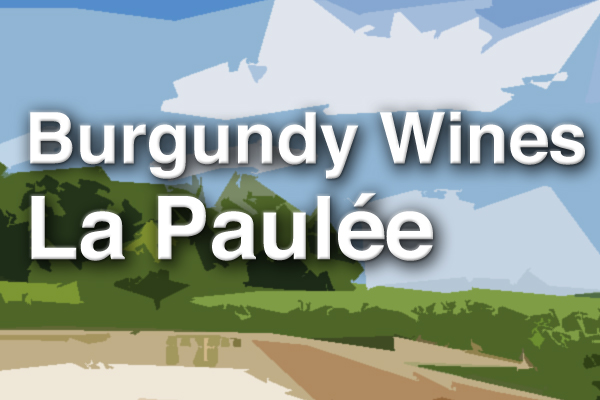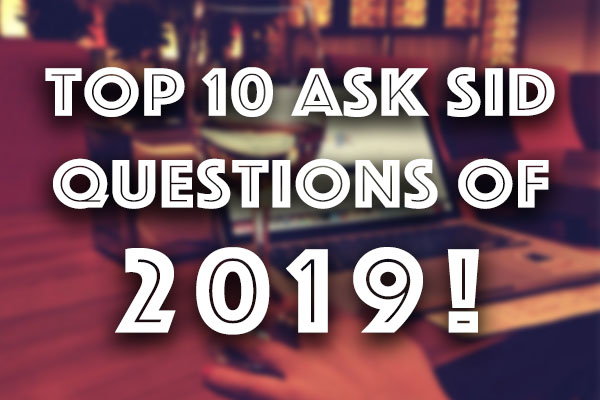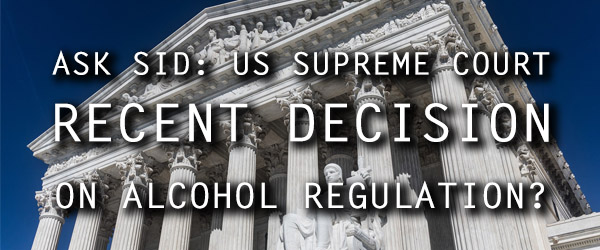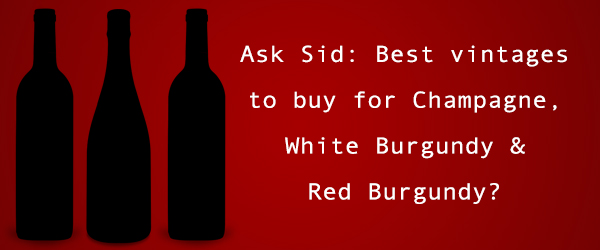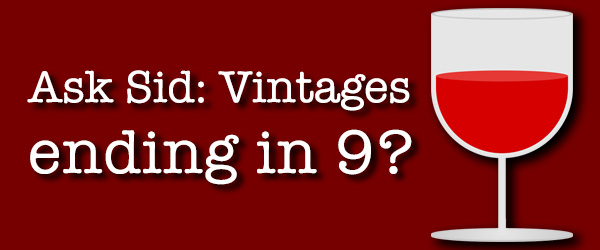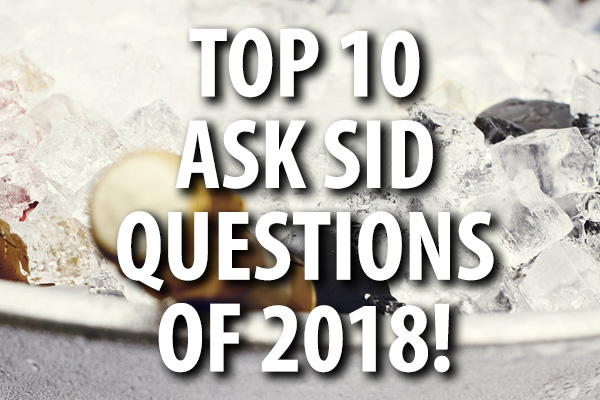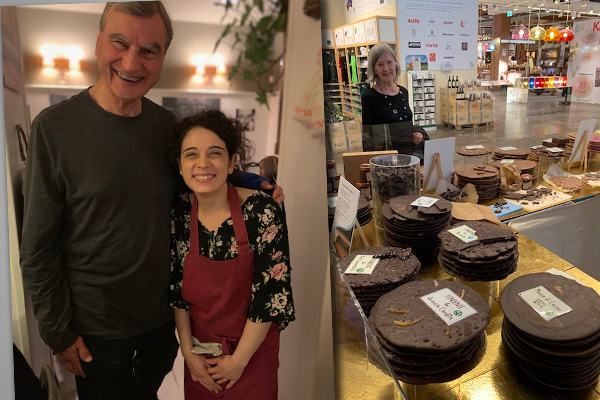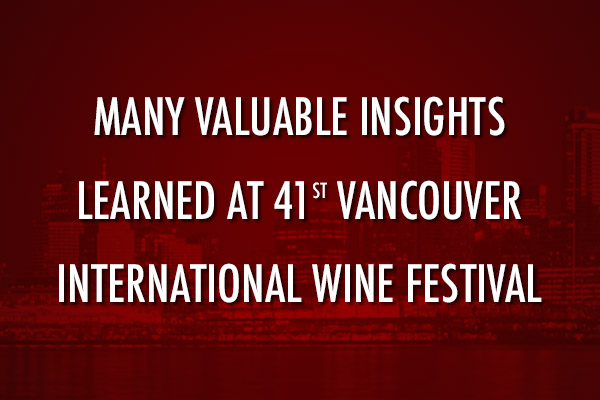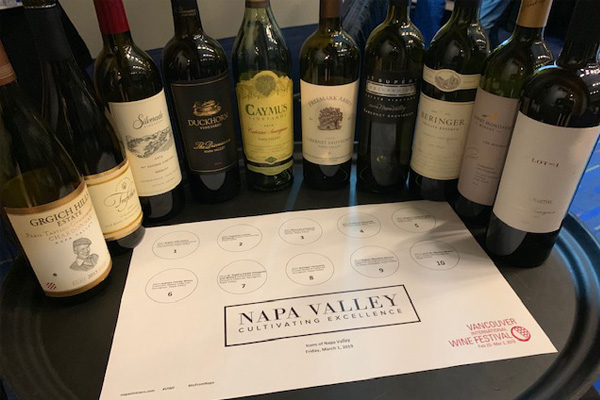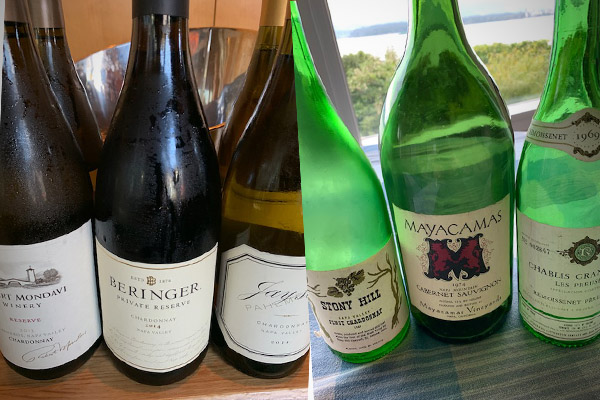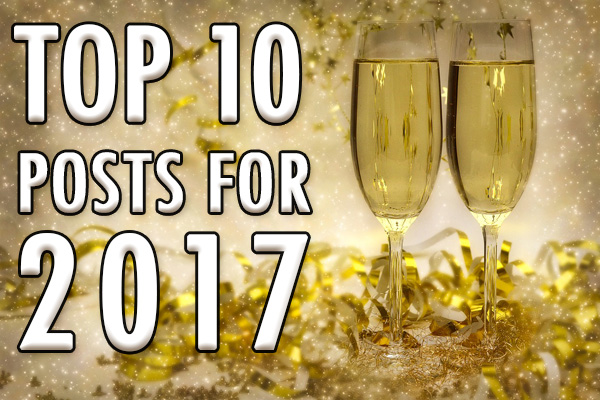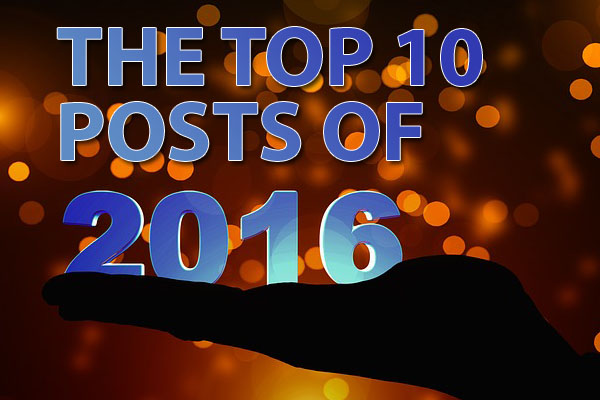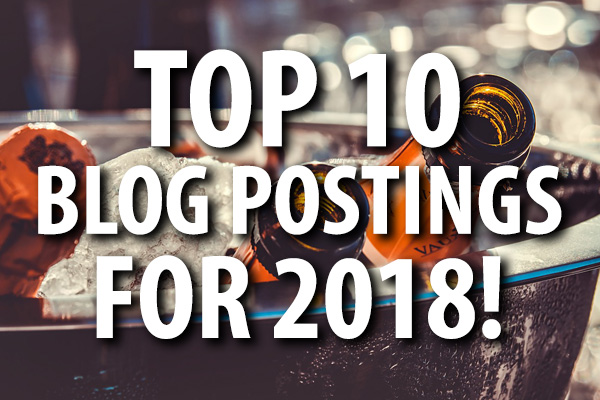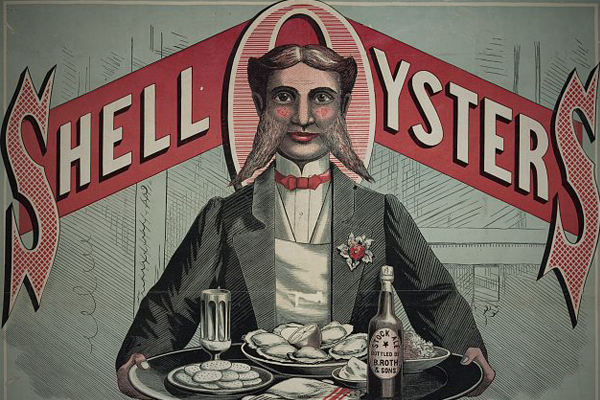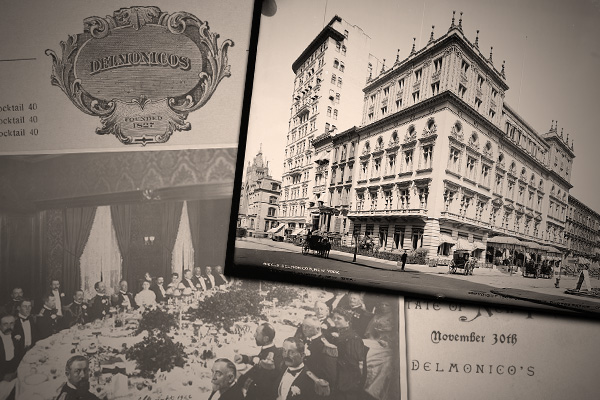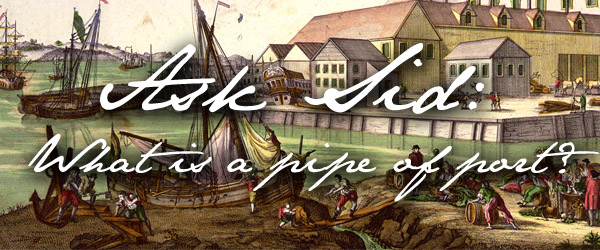 |
 |
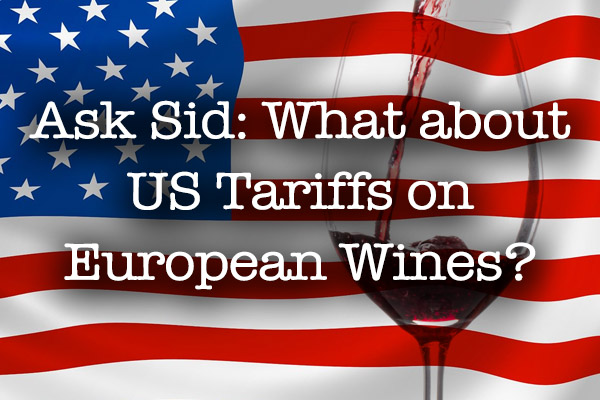
Question: What is this concern about surcharges on imported European wine all about?
Answer: Yes there is a big concern brewing about the imposition of increased tariffs on imported wines (as well as cheese, olive oil and other items) coming from the European Union. There was a 25% levy applied in October 2019 but only affecting those from France, Germany, Spain & United Kingdom (not Italy) but being exempt if over 14 degrees alcohol or over 2 liters in size. Most of this increase so far has been absorbed by importers and distributors rather than resulting in a significant price raise for the consumer. However, in mid-December a very much expanded list with the potential for a 100% tariff was announced as being under consideration. This definitely would have a big impact now including Champagne plus all European wines coming to America. This has resulted in wide spread worry and developing opposition throughout the wine industry. Lots of detailed articles appearing recently in Wine Spectator, NY Times, Vinepair.com and similar publications. We are all closely watching to see whether or not this onerous tariff will be implemented. If it is there likely will be a disappearance of your favourite European wines from the local wine shop in your State. Will also affect Canada and other regions in the world on a demand/supply basis. Liquor Boards in Canada and other countries import directly from Europe so there prices should not be affected and may become even more competitive. However their list of wine choices from Europe is really quite limited. Many high end wine buyers and wine clubs (like IWFS, Bordeaux, Burgundy, and the like) legally import older vintages that are presently available in the USA so they should be greatly affected. Perhaps it could result in regions outside USA seeing more of these European wine treasures being available and providing an opportunity to import more product directly from Europe. Where ever you live be sure to monitor developments of this situation closely as it may affect your future wine purchases more than you think.
You might also like:
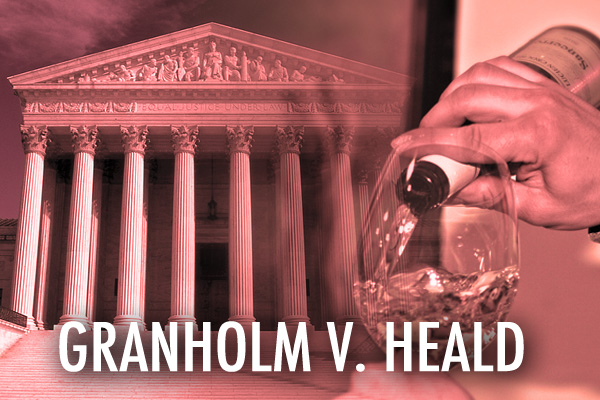 |
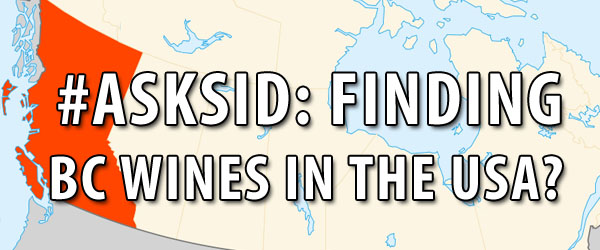 |
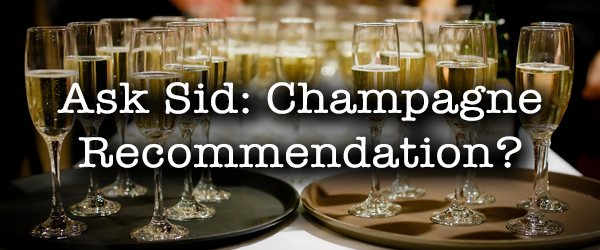 |




